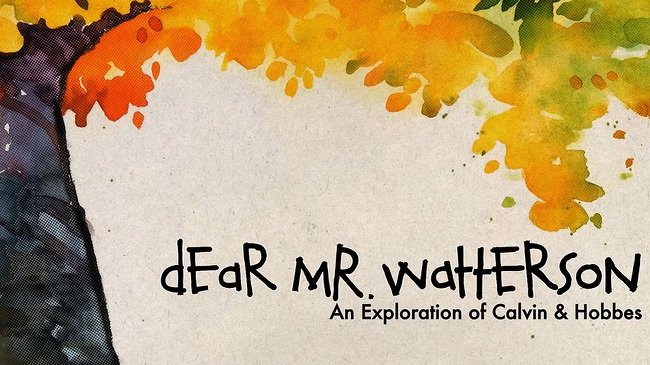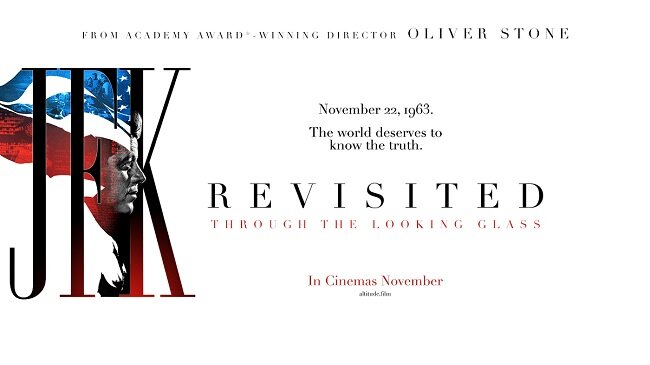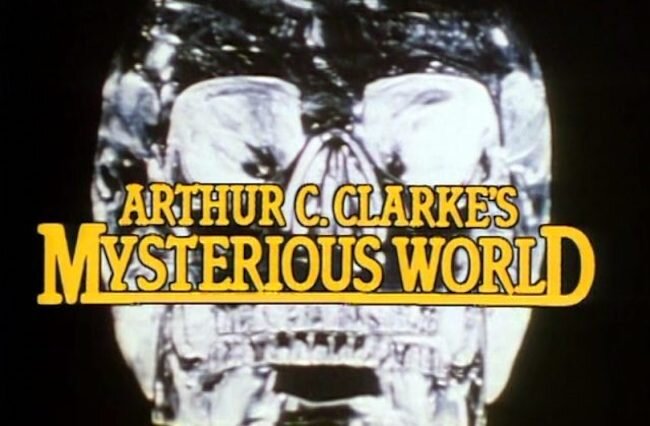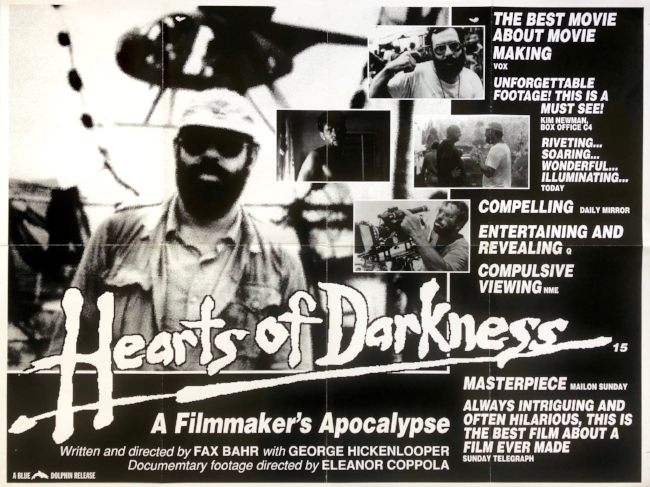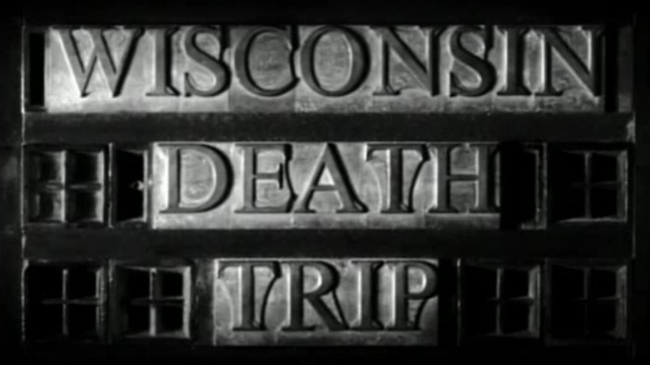Dear Mr. Watterson (2013)
Joel Allen Schroeder's documentary Dear Mr. Watterson is a curious beast insofar that it takes some time before it decides exactly what it wants to focus upon. It begins by examining the cultural impact of the hugely popular comic strip “Calvin & Hobbes” and what it means to people around the world. However, little information is given about the creator, Bill Watterson beyond a very simple biography. Joel Allen Schroeder’s also makes no attempt to contact and interview the reclusive Mr. Watterson to find out more about the man and his iconic work. Instead, the documentary eventually settles into an assessment of Watterson’s work by other industry luminaries and a broader accounting of the overall decline of the newspaper cartoon as a social institution. The presentation is bright, stylish and there’s a lot of love for the subject but it takes some time before it commits to a specific approach.
Cartoonist Bill Watterson retired his comic strip “Calvin & Hobbes”, after a very successful ten year run from 1985 to 1995. The cartoon about a 6-year-old boy and his tiger companion, had and continues to have much to say about American culture, childhood, friendship and many other philosophical points. Although demonstrably a US product, its themes and characters had a worldwide appeal due to its universal themes. Furthermore, Watterson was extremely experimental in the way he presented his artwork, often abandoning the traditional linear panel format. What the documentary makes clear is that both Watterson and subsequently his cartoonist peers consider his creations “art”. The notion that the cartoon strip is an inherently lower form of artistic endeavour, is summarily dismissed as part of the inherent snobbery that exists around art per se. Watterson’s perspective on his own work is a key theme throughout the documentary.
Post 1995, Bill Watterson has led a reclusive life in small-town Ohio, where he has pursued other artistic endeavours. Although financially successful due to the ongoing syndication of “Calvin & Hobbes”, along with the continuous sales of anthologies of the cartoon, Watterson is notable as one of the few artists that has eschewed lucrative merchandising deals. Unlike most of his contemporaries such as Charles M. Schulz (“Peanuts”) and Jim Davis (“Garfield”). Dear Mr. Watterson takes a lot of pain to examine such an unusual stance, with one talking head hinting that it is borderline “unamerican” to do such a thing. Yet Watterson saw such monetisation as diminishing the artistic merits and significance of his creation. Something that Stephan Pastis, creator of “Pearls Before Swine” broadly agrees with, citing from personal experience that the moment you embrace marketing you are subject to a wealth of commercial pressures that impact upon your creativity.
Dear Mr. Watterson ultimately fall between two stools as it is a little too insular to be immediately accessible to those casually interested in “Calvin & Hobbes”, while simultaneously not being a definitive overview for hardcore fans. It does have its moments. One certainly gets a sense of Bill Watterson’s talent when looking at his original artwork at The Ohio State University. The documentary also does a good job of analysing the final cartoon he created which ends with the positive statement “Let’s go exploring”. It also accurately assesses the diminishing of comic strips in newspapers due to the industry's own decline. The conclusion is that it's highly unlikely that any other strip will achieve similar success and have such a cultural impact. “Calvin & Hobbes” remains an enigma born of great talent and the good fortune to be in the right place at the right time.



